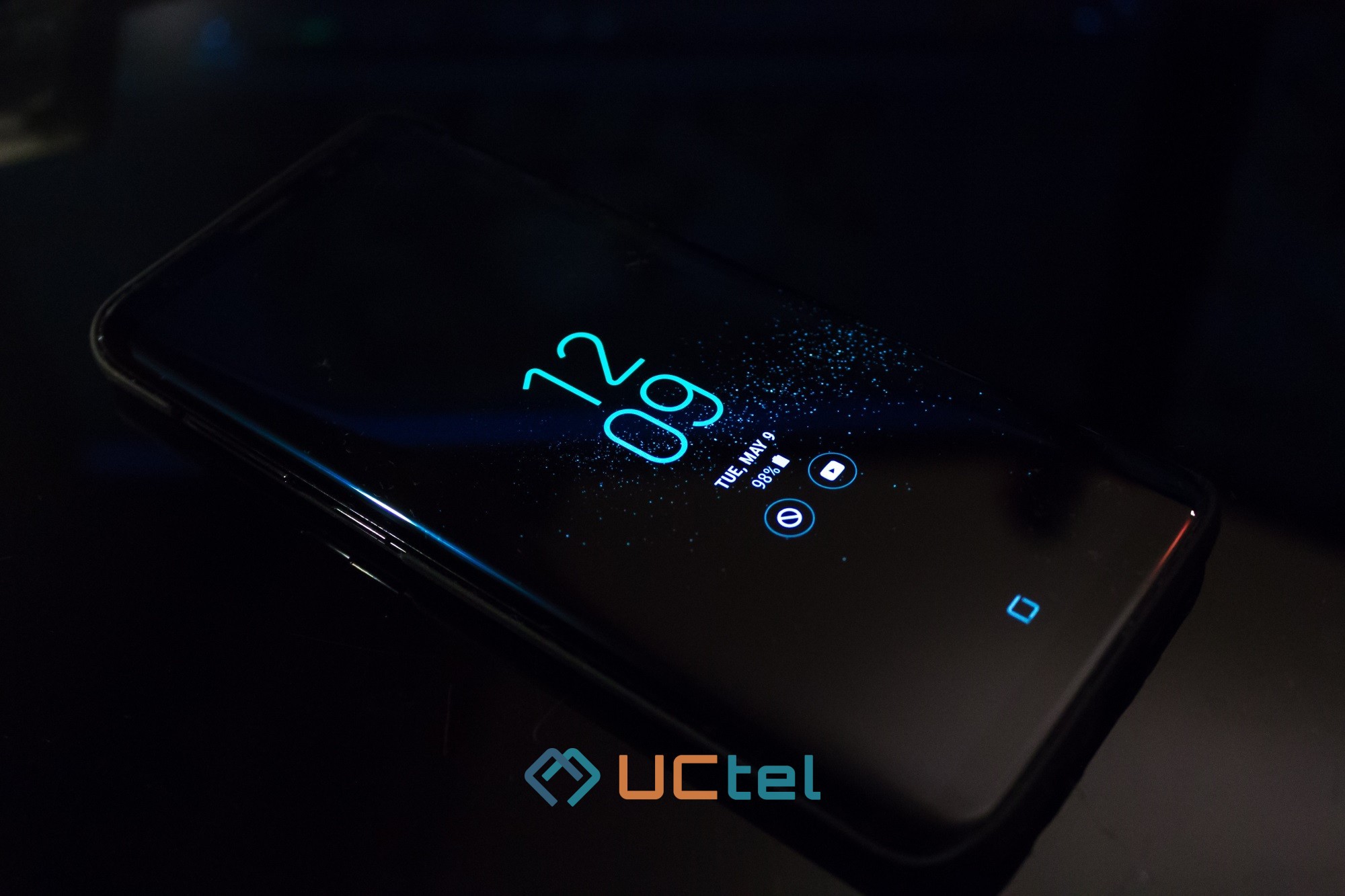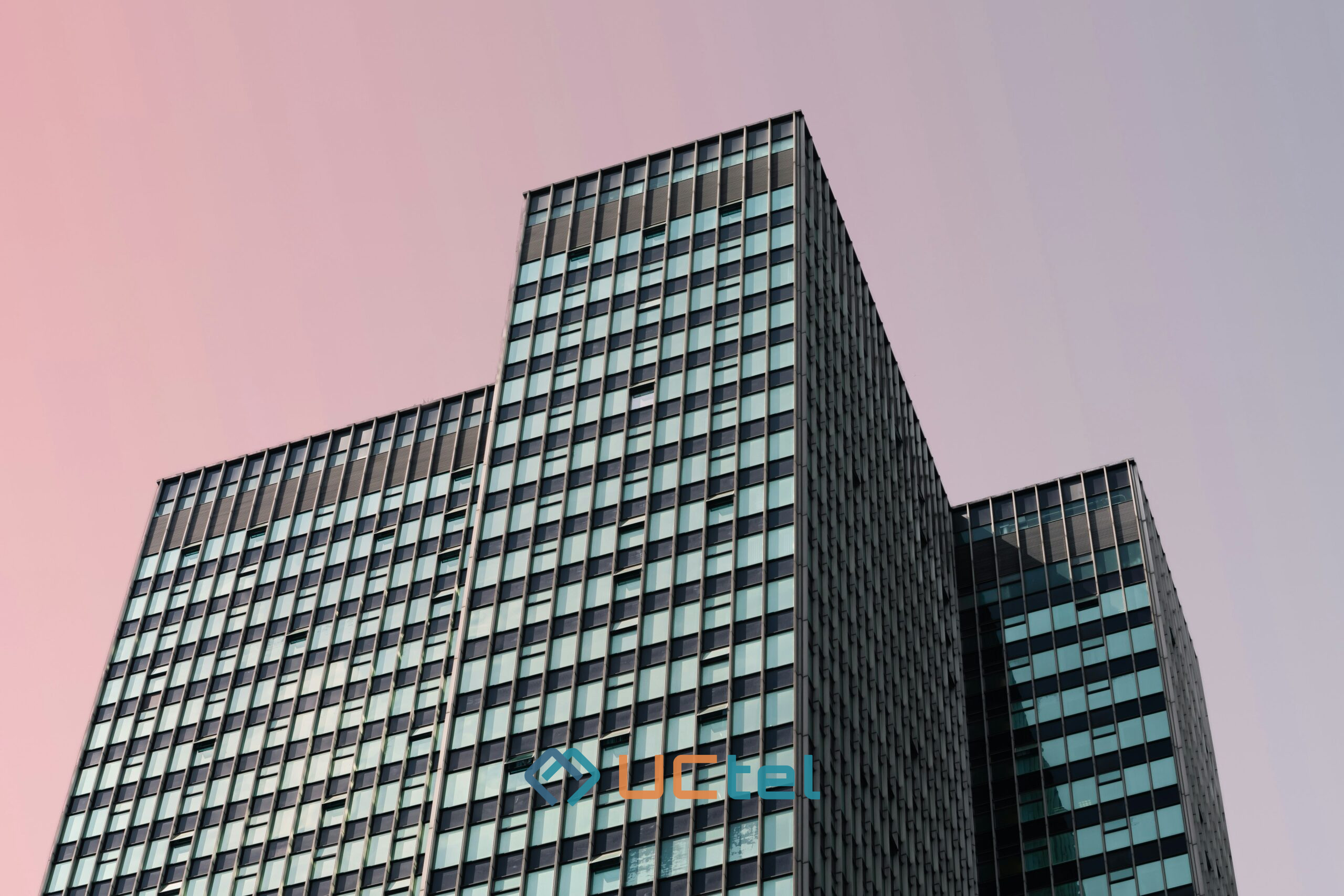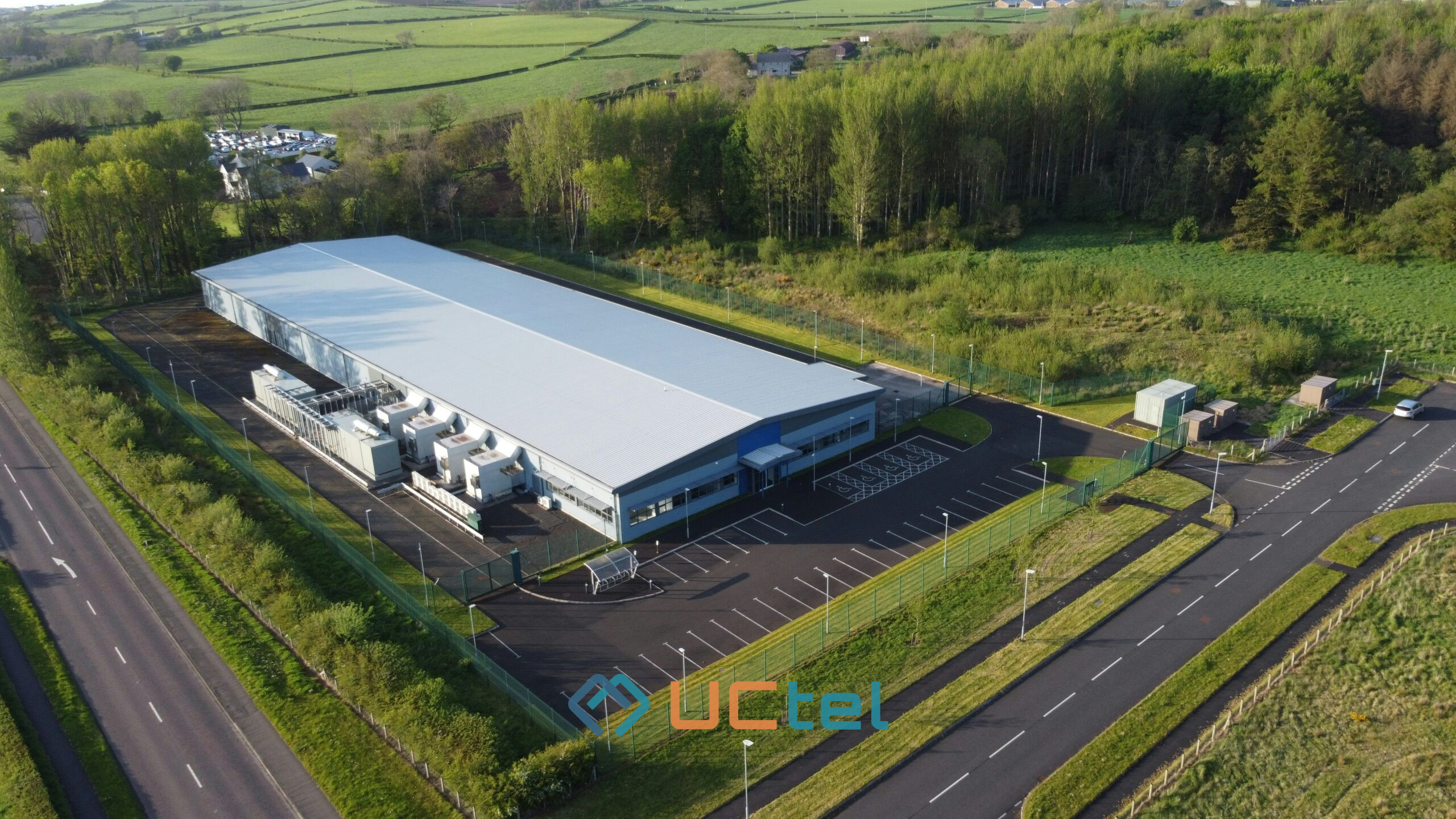
EE vs O2: Which Operator is Better to Choose?
Table of contents
Today’s fast-paced business landscape requires enterprises to maintain high communication standards. Working with a reliable mobile network operator becomes crucial for maintaining seamless connectivity and efficient operations in any business. Based on your operator, you will have different network expenses, client coverage, and user satisfaction. That’s why it is necessary to choose the most beneficial option.
45% of the British market is divided among EE and O2, the two largest operators in the UK. We prepared a full comparison of EE vs O2 coverage and functionality to help you select the best option to achieve the commercial goals of your business.
In the meantime, at UCtel, we specialise in solving connectivity challenges, providing businesses with reliable signal-boosting solutions for both networks. Our team can assess your connectivity needs, identify any weak spots, and install signal-boosting technology to prevent interruptions. With us, your business can maximise network efficiency, ensuring you have fast, consistent, and reliable coverage throughout your workspace.
O2 Mobile Network Operator
O2 is owned by Telefonica UK Limited, and it’s one of the leading network operators in the United Kingdom. With a reputation for reliable service, this operator offers a broad range of technologies: 2G, 3G, 4G LTE, and 5G. Their coverage extends across both urban centres and rural areas, ensuring a reasonably consistent signal in most regions.
What's more, in 2021, O2 merged with Virgin Media, combining their strengths to provide a more comprehensive range of services, including mobile, TV, broadband, and landline communications. By merging their capabilities, they ensured better customer experience, improved coverage, and expanded offerings.
The company had 490,099 active mobile antennas around the UK as of 2022. Latency tests demonstrated 41 ms for 5G, 45 ms for 4G, and 60 ms for 3G. 17.5% of respondents stated that they used O2 as their network provider, making it the second most popular choice. Consider these factors when comparing O2 vs EE coverage and efficiency.
EE Mobile Operator
EE is owned by BT Group, and it was the first operator in the UK to launch 4G services. The operator provides extensive 2G, 3G, 4G, and 5G coverage, making it a formidable choice for businesses seeking high-speed connectivity. The company’s early adoption of 4G demonstrates that it’s an operator with innovations for faster data speeds, making it an attractive choice for data-heavy commercial activities. The company had 490,533 active mobile antennas around the UK as of 2022. Latency tests demonstrated 29 ms for 5G, 31 ms for 4G, and 50 ms for 3G. 22.4% of respondents stated that they used EE as their network provider, making it the most popular choice in the United Kingdom. So, is O2 better than EE for business? Let's compare them so you can see what works for you!
O2 or EE: Which Network is Better for Business?
If you’re wondering about EE vs O2 for business, it’s essential to assess their advantages and disadvantages to make an optimal choice that would be valuable for your goals. Let’s find out which is better.
O2 for Business
While the company is one of the UK’s four major networks, the level of client satisfaction is surprisingly low. Thousands of users share their stories about connectivity issues, low signal quality, and poor customer service with this brand. Further research into rating sources like TrustPilot, Reviews.io, and Facebook and Instagram commentaries demonstrated that the greatest issue is the low quality of customer support.
Here are the advantages of O2:
- The last major network with free roaming in the EU;
- Good network for indoor 4G coverage;
- Broad coverage around urban centres and remote areas around the UK.
Here are the disadvantages of O2:
- One of the slowest 4G networks in the UK;
- Poor customer service;
- High costs.
O2 has a dedicated business section for clients with commercial goals. This includes special tariffs, applications, mobile hotspots, IoT solutions, and more. So, is EE better than O2 for commercial purposes? Read on to find out.
EE Pros & Cons
EE is considered to be the best network operator in the United Kingdom. It demonstrates a high degree of network coverage and robust customer support. However, thousands of users complain about high prices and issues with using the warranty service.
Here are the advantages of EE:
- One of the fastest 4G networks in the UK;
- Strong coverage in densely populated urban areas;
- Expanded 5G coverage.
Here are the disadvantages of EE:
- No free EU roaming;
- Warranty issues.
EE also provides corporate plans for businesses or clients with commercial goals. It offers customer insights with mData, enterprise management solutions, connectivity solutions, and many others.
Is EE or O2 better? As you can see, both operators have their share of advantages and drawbacks. That is, if you travel a lot across the EU, choosing O2 might actually save you a lot on free roaming, but if you opt for a reliable connection in the UK and quality customer support, you better set your eyes on EE.
Frequent Mobile Signal Problems in Businesses
Is O2 or EE better? No matter the answer, you can encounter various problems with pretty much any network. Those are:
1. Poor Signal Quality
One of the most frequent challenges for many businesses is having poor signal quality. This issue disrupts essential communications and hinders productivity. Having a weak signal strength often leads to dropped calls, voice distortions, and slow data speeds, resulting in frustrating experiences for both employees and clients.
Office environments with thick walls or located in remote areas are the most likely to suffer from this issue. The signal may struggle to penetrate the walls and reach the designated area, leading to reduced call and data performance. If your business relies on mobile communication for critical tasks, lacking signal quality will significantly impact customer service and internal operations.
2. Constant Connection Interruptions
Constant connection interruptions are destructive for all business processes. These interruptions may appear as frequent call drops, sudden data disconnections, and inconsistent internet access. This may disrupt ongoing tasks and lead to a potential loss of valuable opportunities.
When mobile connectivity is vital for video conferencing or cloud-based collaboration, frequent interruptions significantly hinder the effectiveness of communication and cooperation among team members. This leads to delays in project timelines, reduced efficiency, and potential setbacks in achieving business goals.
3. Absent Signal
An absent signal is one of the most critical problems for businesses, especially those with huge buildings or distant locations. Lacking a mobile signal in your workplace may lead to reduced employee and customer satisfaction. Additionally, it removes the possibility of communication and online teamwork.
Having no signal is troublesome both in your daily routine and in emergencies. All these issues can be solved when partnering with an experienced signal-boosting services provider like UCtel. This includes the installation of additional external and internal antennas that catch and amplify the existing signal to ensure your business always stays connected.
UCtel will Help to Solve Mobile Connection Issues for Your Business
All network operators can have various issues depending on your location. You might experience a poor signal, constant interruptions, or even no signal at all. But this isn’t the end of the world. UCtel’s team has over 12 years of experience in providing turnkey signal-boosting services, ensuring that thousands of our clients stay connected at all times.
We cover everything from planning to installation, providing a hassle-free process and ensuring a reliable mobile signal for O2 and EE depending on your request. This includes the usage of different technologies like CEL-FI smart signal boosters to ensure you get a connection even in the most challenging location. You’ll get strong network coverage, fast internet speeds, and calls without interruptions.
One of our case studies includes setting strong mobile coverage in a 47,000 m² area in Sunderland. We used the CEL-FI QUATRA 4000e system to boost the signal quality and ensure a stable connection for all four UK networks. This also increased the satisfaction level of 1,300 employees. Contact us now and forget about lost signal issues!
Conclusion
When deciding on O2 vs EE, it appears that EE is a better option in terms of network speed and signal coverage. However, you should understand that the best choice for your business depends on your location and available signal. This is crucial for effective communication and team satisfaction. If you have issues with your connection, UCtel will boost your signal with modern technologies and solutions.





